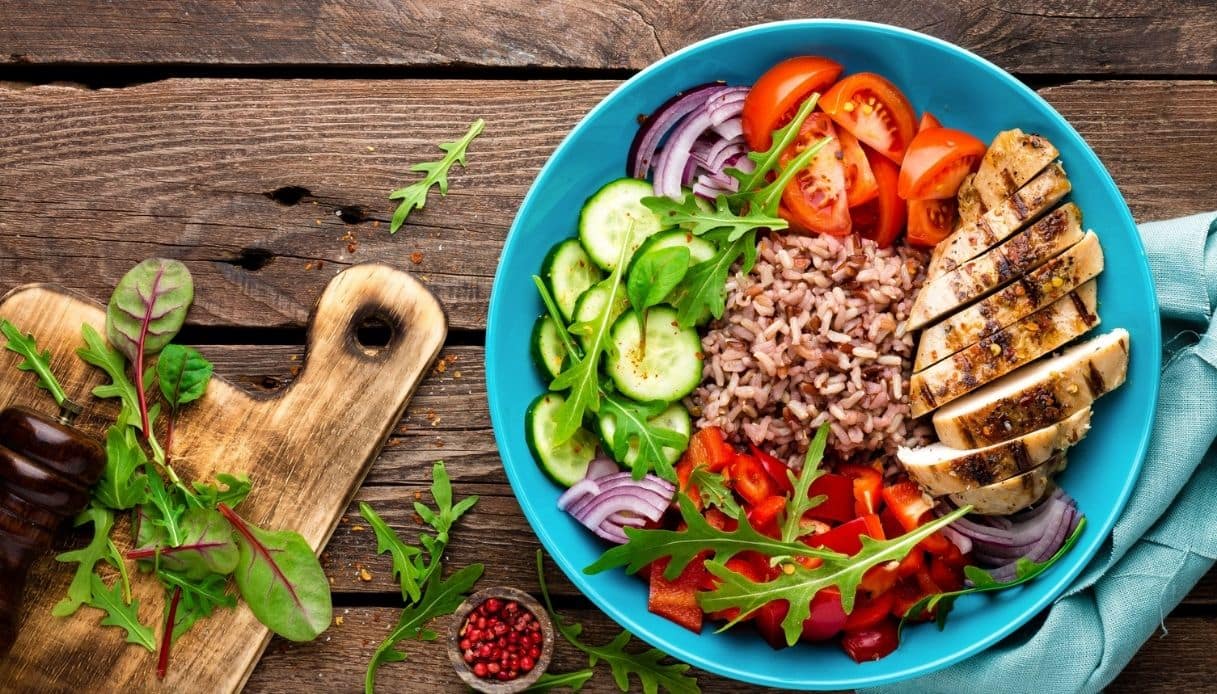We know that the overall health of our organism largely depends on lifestyle that we adopt every day. So to make the difference are for example the eating and sporting habits.
Even if it is possible to easily access any type of food, including unhealthy ones from which it is often tempting also for the speed of preparation, we must not forget that the body collects the fruits of our choices. This does not mean giving up completely greedy food, rather indulging in it from time to time.
the blood analysis they reveal the values of cholesterol, sugars, as well as those of triglycerides within the blood. However, it can happen to find results with high triglyceride levels. This data is significant as it indicates that probably something in our lifestyle is not correct.
What are the causes of high triglycerides and what are the foods to eat and avoid? We talked about it with Gloria Rossetto, Nutritionist Biologist.
What are
«Chemically, triglycerides are molecules formed by the bond between a molecule of glycerol and three molecules of fatty acids.
In the human body most of the triglycerides is contained within the adipose tissue such as energy reserve, but, as we know, triglycerides are also found in the bloodstream, to be transported and exchanged between the various tissues and cells of our body.
I fats introduced in the diet (for example through oil, butter and many other foods) are chemically triglycerides, which are broken down by digestive enzymes (lipase) into monoglycerides and free fatty acids. They are then captured by the absorbent cells (enterocytes) of the intestinal lumen and for the most part reconverted into triglycerides, to be conveyed into the lymphatic and blood circulation (short and medium chain fatty acids, on the other hand, can pass directly to the bloodstream, without being involved at this moment in the synthesis of triglycerides) », explains the doctor.
Triglycerides and heart health
“For more than 30 years, medium to moderate hypertriglyceridemia, together with the increase in cholesterolemia, has been associated with an increase risk of cardiovascular diseases; severe hypertriglyceridemias have also been associated with an increased risk of acute pancreatitis ».
What are the reference values
«I triglyceridemia levels are classified (NCEP ATP III) in:
- desirable <100 mg / dl;
- normali 100-150 mg/dl;
- borderline-alti 151-199 mg / dl;
- alti 200-499 mg/dl;
- very high> 500 mg / dl », continues the expert.
When blood triglyceride levels are higher than those considered normal, we speak of hypertriglyceridemia, which is a condition that can be due to multiple factors including an incorrect lifestyle.
What are the causes of high triglyceride levels
“Hypertriglyceridemia can have different causes, genetic and external. Mild to moderate hypertriglyceridaemia can result from:
- one diet and one unhealthy lifestyle (e.g. from alcohol abuse);
- from some pathologies, such ashypothyroidism and hepatosteatosis;
- from the use of certain medications (such as older generation glucocorticoids or oral estrogens);
- from special physiological situations, such as pregnancy.
It can occur very frequently as a component of metabolic syndrome he was born in type 2 diabetes mellitus.
L’severe hypertriglyceridaemia is rare and genetic factors are often the most influential. Generally the forms of hypertriglyceridemia of this magnitude are determined by high levels of chylomicrons ».
What to eat when tall
«In association with any therapy prescribed by the doctor, the nutritional indications must point to normalization of body weight and of abdominal circumference, following the principles of the Mediterranean diet. Preferred are:
- low energy density foods, that is at least five portions of fruit and vegetables per day;
- whole grains and derivatives, which have a greater satiating power and slow down intestinal absorption, positively influencing the regulation of blood sugar;
- i legumes as a protein source, since they provide a high intake of fiber and are characterized by low fat content;
- oily fish, walnuts and flax seeds, important sources of omega-3 fatty acids, nutrients associated with a reduction in triglycemia (on the advice of the doctor or with his consent, it is possible to take supplements based on omega 3);
- simple cooking methods, which do not require excessive use of fats, such as oil or butter;
- the daily breakdown of food in at least three to five meals, to promote optimal energy regulation and the hunger-satiety mechanism », explains Dr. Rossetto.
What to avoid when they are tall
“All foods that are placed at the top of the food pyramid, whose intake should be a few times a week or less frequent, or of an occasional type, should be limited:
- very fatty and processed foods: preserved meats, especially fatty ones (lard, salami, sausage, mortadella, etc.), fast food foods, butter, fatty cheeses and fatty sauces such as mayonnaise;
- drinks and foods very high in sugar: sugary drinks, sweets and snacks, added sugars, jams and honey;
- alcoholic beverages, the consumption of which is associated with high levels of triglycemia », concludes the expert.
In conclusion, high blood triglyceride levels may be due to unhealthy eating habits. With the help of a specialist, however, it is possible to undertake a specific diet to restore the levels.
.
